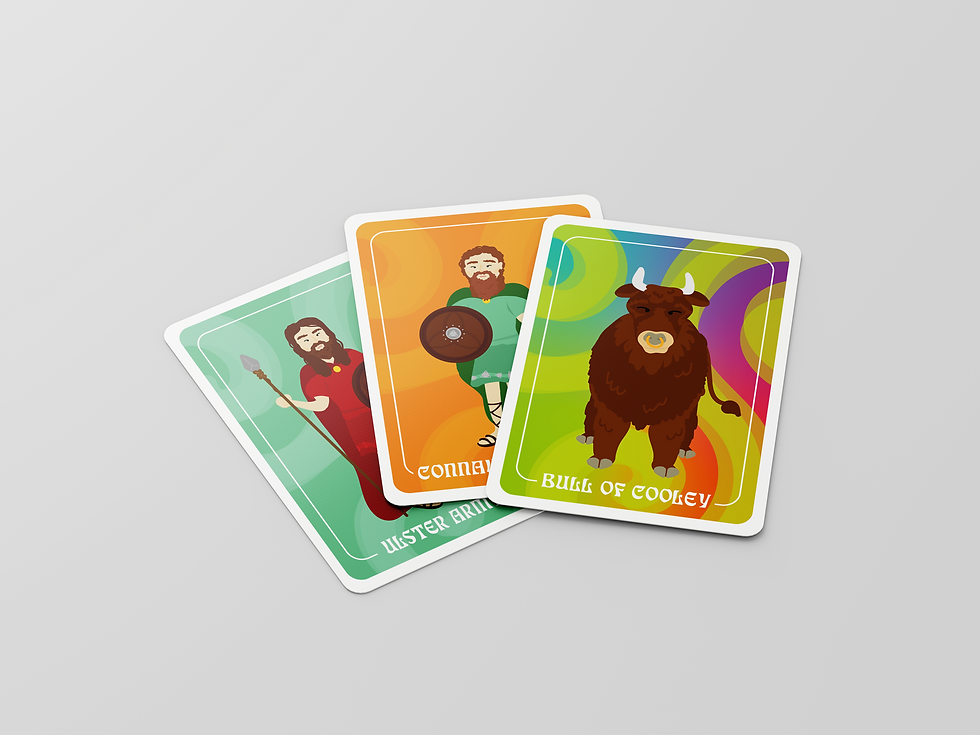Design Disruptors Documentary Review
- Isabel Greene

- Jan 27, 2021
- 3 min read
Design is the act of intentionally solving problems.
In this film by Invision, they explored the idea of design disruptors and UX/UI/product design. When they discuss disrupters of design, it is in the sense of stirring things up – going into an industry and doing things faster, differently, or more simply. Disruption is seen as confidence in action.
The main takeaway from the documentary seemed to be that you need to understand number 1- the problem, and number 2- your user. Designers must understand their opportunities so that they can understand where there are possibilities to do something new. This is how the creators of Lyft, Logan Green and John Zimmer came up with their concept for the app. They took one of the pain points in their lives (getting around their city) and created a business opportunity in this very successful app. The app is a success because Zimmer and Green explored a barrier which affects many commuters and provided a solid solution for many users.
The challenge of interaction design is it needs to be easily understandable for anyone to use. Designers must design for a greater public audience than in the past when only select people/specialists would need to understand specific software e.g. pilots understanding how to use all the buttons in their cockpit.
Testing is a technique that gives designers the opportunity to improve and iterate to the best version of their design. Designers don’t know how humans will interact with their solutions, therefore it does not make a lot of sense to spend a lot of time and money creating the “perfect” version of that if no testing has been carried out. Prototyping is essential. It gives designers the chance to test their design and find weaknesses and fix it. It allows them to see to what extent the design will be successful.
There has been a distancing from the craft and moving toward thinking of the function. Beauty in a design is irrelevant. Someone will always be able to make a design more beautiful than yours. Functionality is key. The look of an end project is important, but not as important as the thinking and the functionality of what it took to get there and it’s ability to be improved over time. Product design is not about making something timeless. Technology is evolving at such a quick rate that its impossible. You should design for evolution. Its about building for adaptation. It’s a long term relationship with a design problem as it changes. It’s about revisiting and adapting.
The public are constantly being bombarded with tons and tons of media and information, design needs to make things as simple and stress free in order to draw in the user and have it be a positive experience. This will succeed in the user having more time for the design and possibly passing that recommendation on to others.
Most of the speakers in the film said that the best design is invisible. The user should not even realise they’re encountering it because its so streamlined and in some cases seen to be invisible, design you’re not conscious of. Maurice Woods, Founder of the Inneract Project explains however how this can be a problem. He states design “has become so anagolous and intuitive with how we live” that sometimes you react with design and don’t even realise that it exists. This can be harmful as people don’t realise the value of design and how much work goes into designing and properly solving for a problem. Barriers for entry now are so much lower than before. Anyone can be a designer. Anyone can see a problem and go try to fix it. People don’t need the intense infrastructure that was once necessary to create change. This in turn can breed more pockets of bad design out in the world than before. Just because design is more accessible does not mean that it is easier to design, or solve a problem.
Unfortunately, people get used to bad design, like it being hard to get around a city etc. It takes a persistent designer to keep pushing at the problems until they find an answer that works. In a world where anyone can design we are greeted with sometimes many solutions for one product/service. Luckily for consumers, competition can only breed greatness and hopefully creative design solutions will keep evolving as design challenges do.



Comments